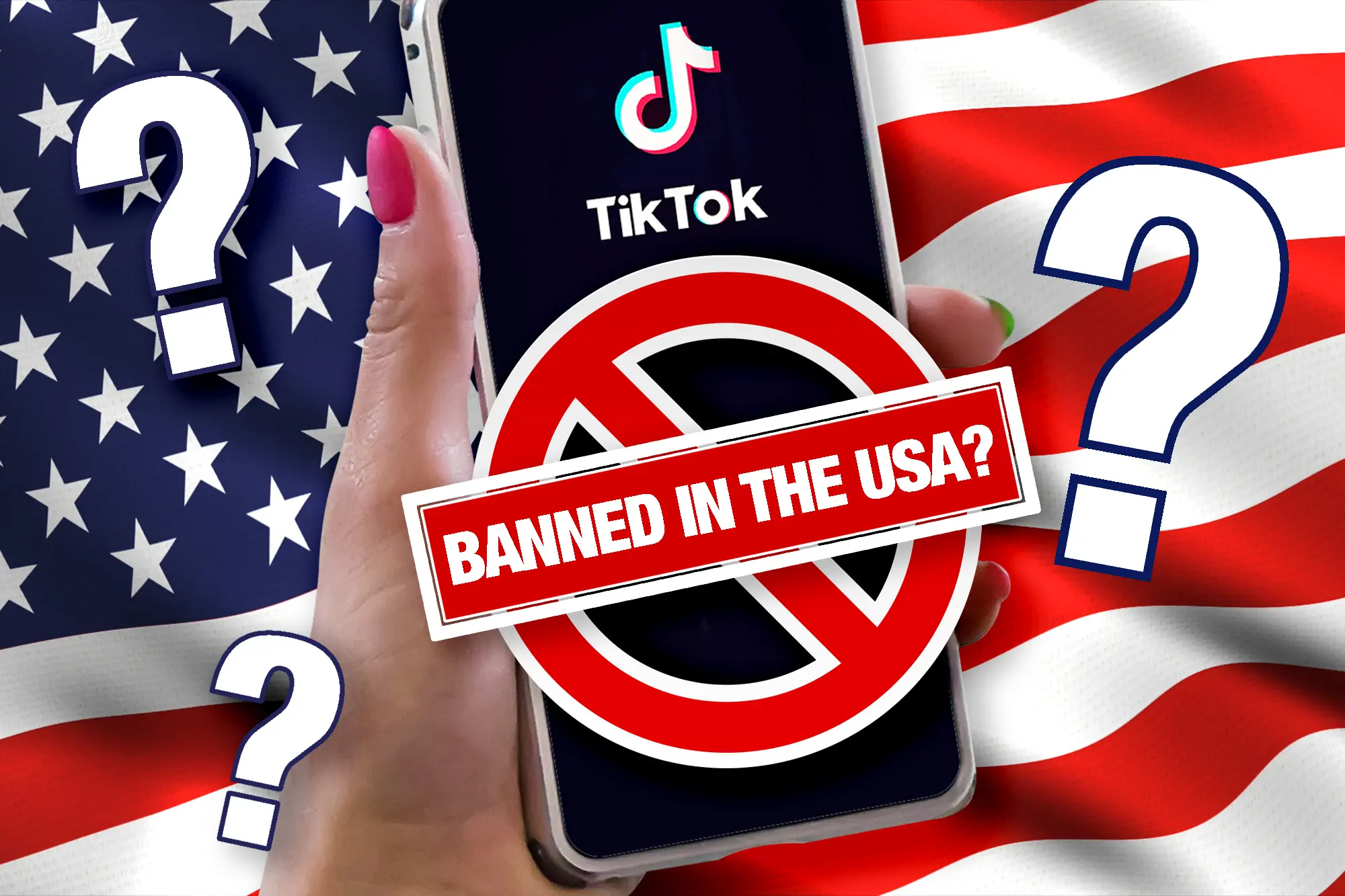In recent years, TikTok has become a cultural phenomenon in the United States, captivating over 170 million users with its short-form videos and creative content. This article provides a comprehensive overview of the current status of the TikTok ban update 2025 usa today examining the legislative journey, legal challenges, political dynamics, and potential implications for users and the broader tech industry.
Legislative Background
This legislation mandates that foreign-owned applications deemed national security threats must be divested from their parent companies or face a ban in the U.S.
The bipartisan support for PAFACA stemmed from concerns that the Chinese government could access sensitive user data collected by TikTok, potentially using it for espionage or to influence public opinion.
Legal Challenges and Supreme Court Ruling
In response to PAFACA, ByteDance and TikTok mounted legal challenges, arguing that the forced divestment violated the First Amendment rights of the company and its users. The case, known as TikTok v. Garland, escalated to the U.S. Supreme Court. In January 2025, the Court unanimously upheld the law, emphasizing that national security concerns justified the divestment requirement and that the legislation did not infringe upon free speech rights.
This decision underscored the judiciary’s alignment with the legislative and executive branches on the issue of mitigating potential security threats posed by foreign-owned applications.
Political Dynamics and Administrative Actions
The political landscape surrounding the TikTok ban has been dynamic, influenced by changes in administration and differing policy priorities. President Biden, who signed PAFACA into law, chose not to enforce the ban as his term concluded, effectively leaving the decision to the incoming administration of President Donald Trump.
Upon taking office, he announced plans to issue an executive order delaying the ban to allow time for negotiations aimed at addressing national security concerns without resorting to an outright ban. One proposal under consideration involved establishing a joint venture where U.S. entities would hold a significant ownership stake in TikTok’s U.S. operations.
This approach reflects a shift from a strict divestment mandate to exploring collaborative solutions that balance security interests with the platform’s popularity among American users.
Impact on Users and the Tech Industry
The potential ban and its subsequent delay have created uncertainty among TikTok’s vast user base and the broader tech industry.
A study conducted in September 2024 revealed that 51% of avid TikTok users were unaware of the impending ban, highlighting a significant information gap.
For the tech industry, the TikTok situation serves as a precedent for how foreign-owned applications might be treated under U.S. law, potentially influencing future regulations and the operations of other international tech companies within American markets.
Broader Implications and Future Outlook
The TikTok case exemplifies the complex interplay between national security, user privacy, international relations, and the global tech economy.
The unfolding narrative of TikTok usa account free presence in the United States highlights the challenges at the intersection of technology, national security. As legal battles and political negotiations continue to shape the platform’s fate.
